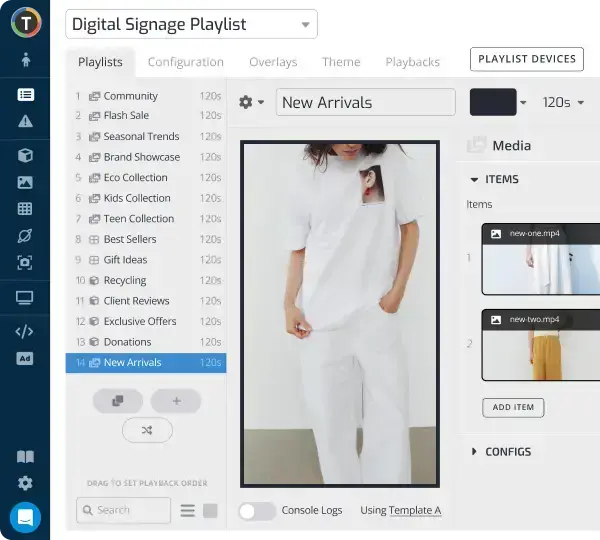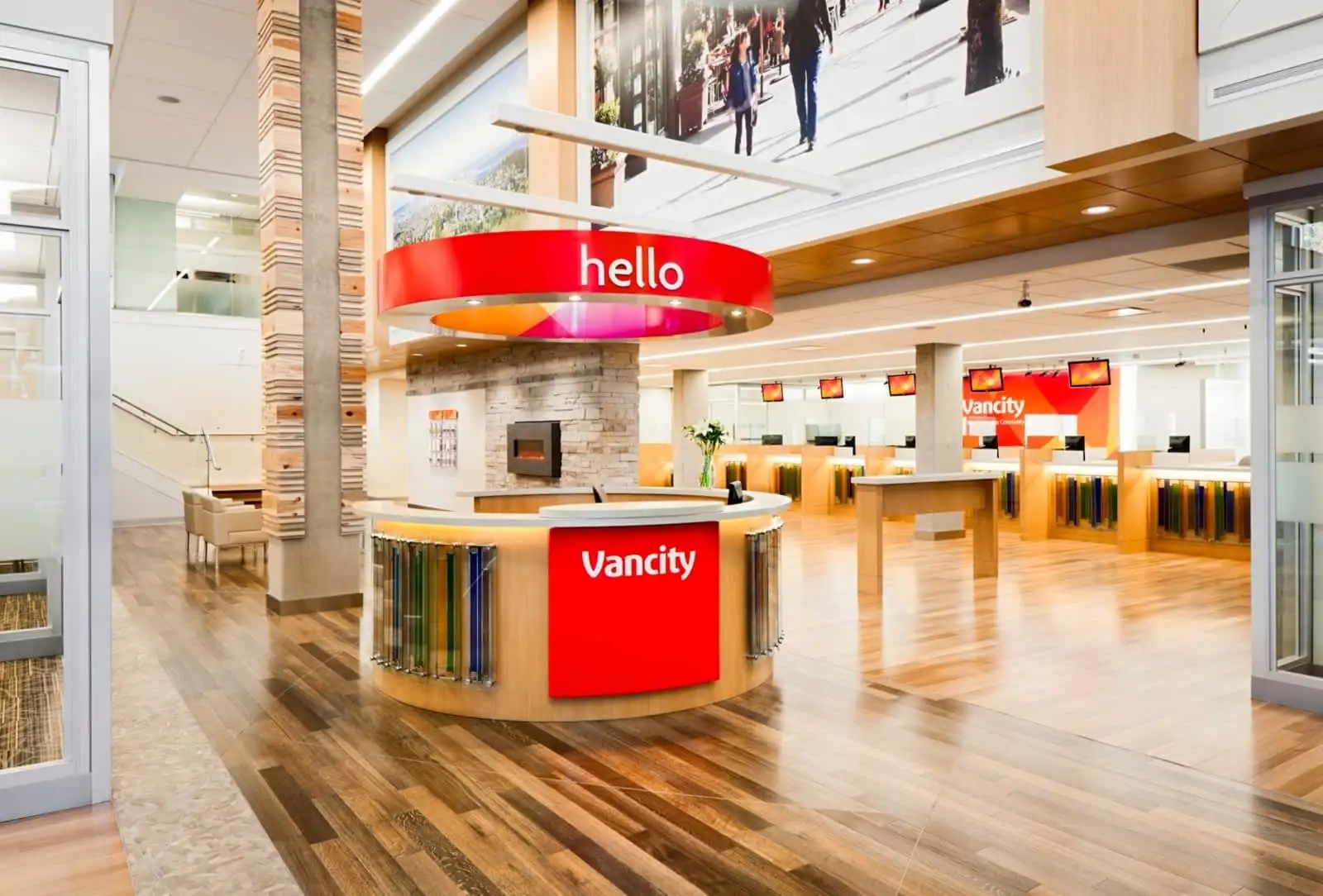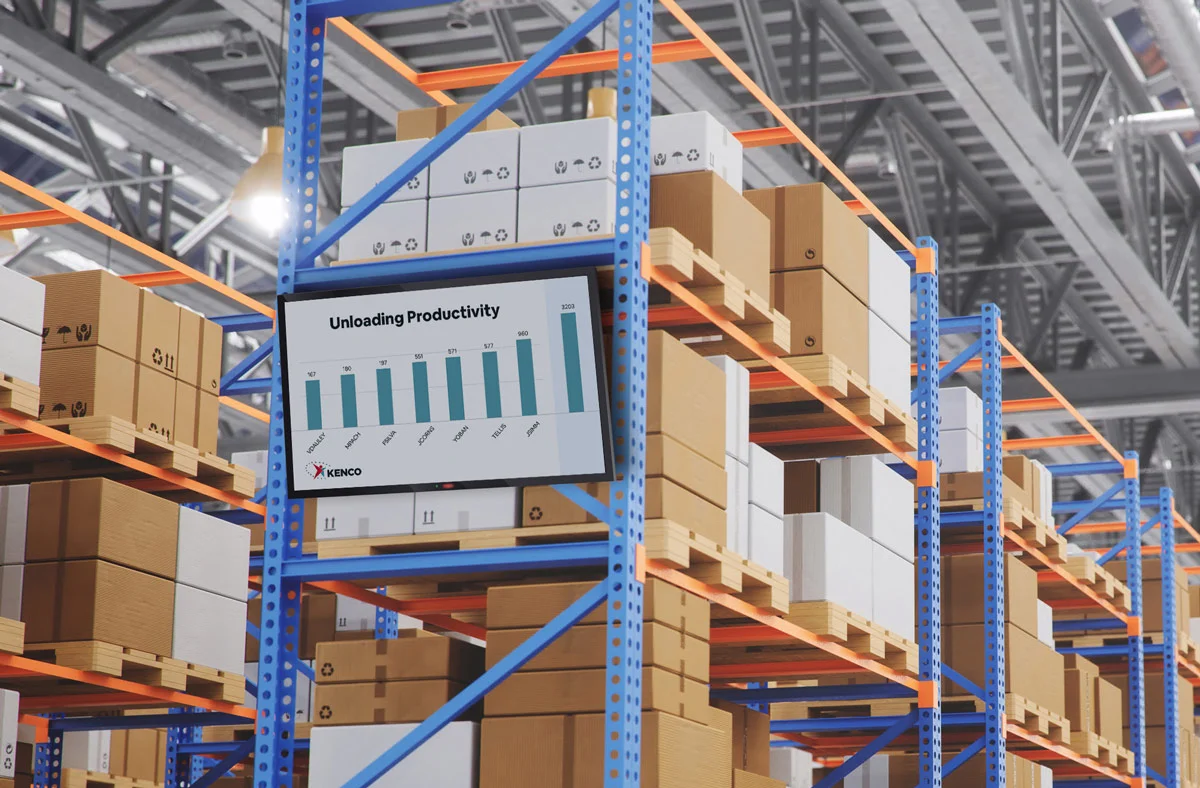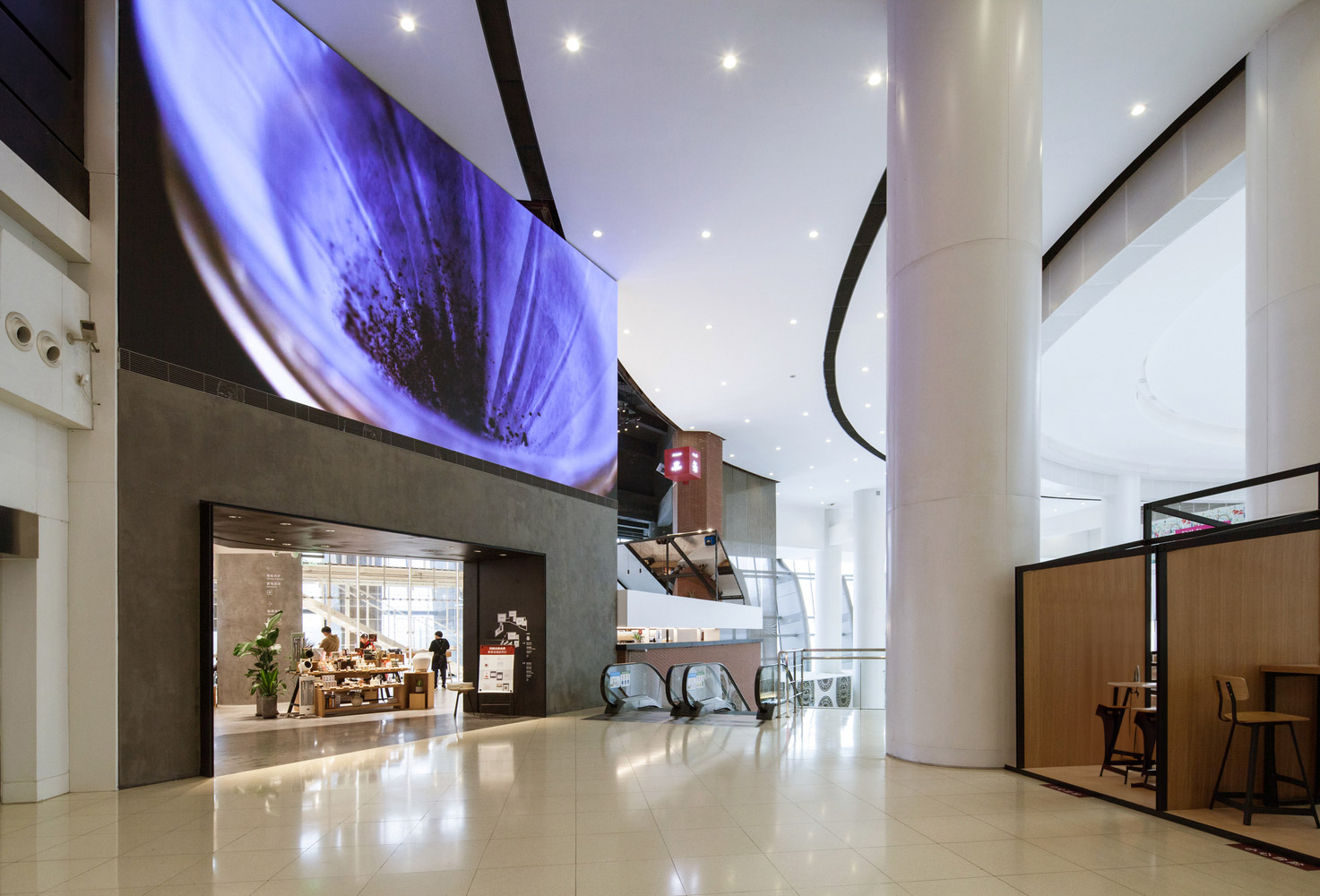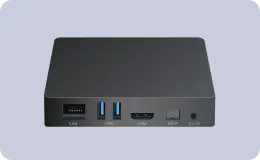Digital Kiosks in QSR and Fast Dining: Use Cases, Benefits, and More
WRITTEN BY: TelemetryTV, 11-16-2023
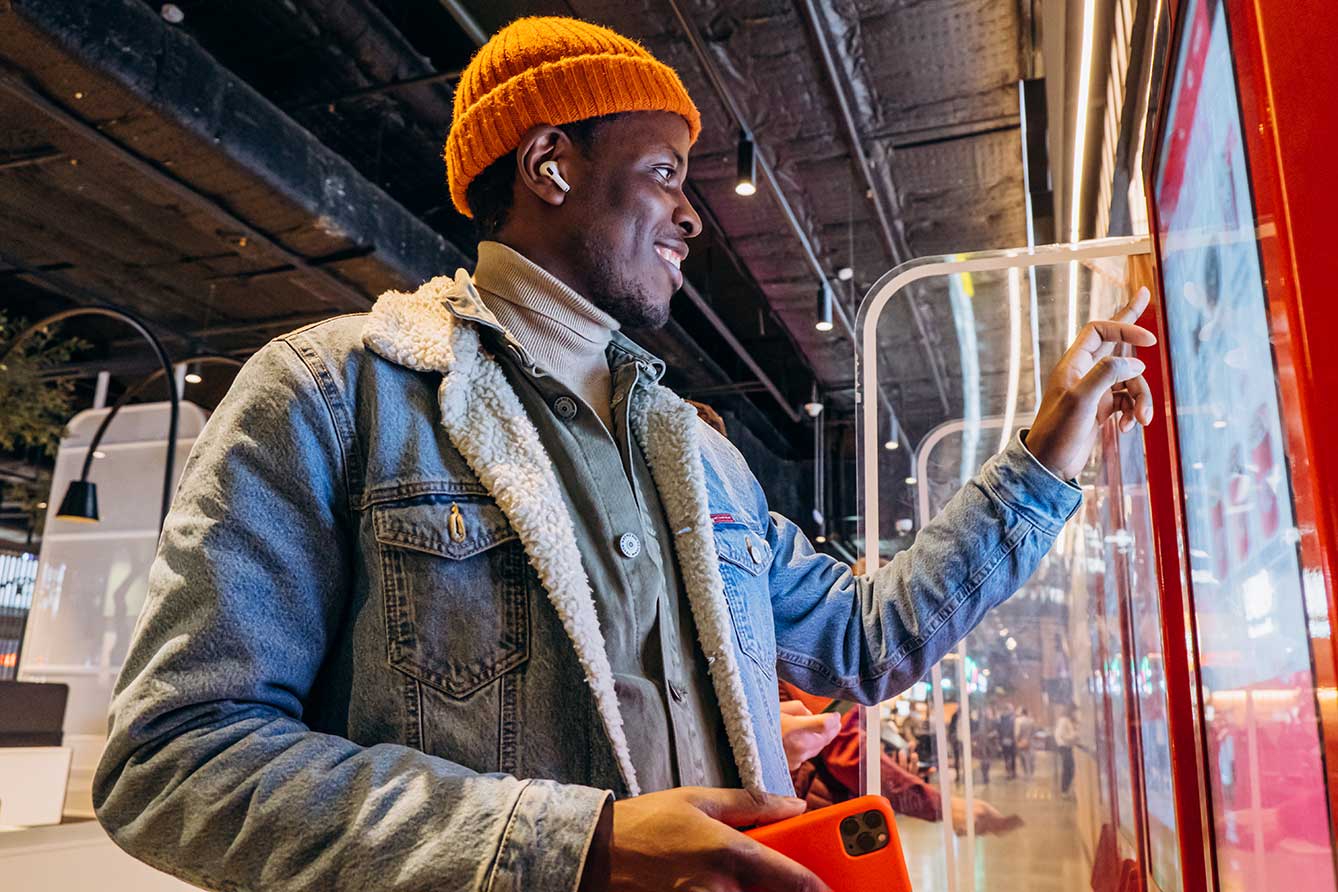
In an era marked by rapid technological advancement, the Quick Service Restaurant (QSR) and fast dining industry are not left behind. Digital kiosks stand at the forefront of this revolution, redefining customer service and operational dynamics. These interactive, user-friendly systems are not mere trends; they are transforming the landscape of quick dining experiences globally.
As we delve into this topic, we will explore the burgeoning market growth of digital kiosks in the QSR sector, understand the myriad benefits of self-service menus, and examine how these technological marvels are reshaping customer interactions. From hardware considerations to innovative software solutions like TelemetryTV, and inspiring success stories, this article aims to provide a comprehensive look into the digital kiosk phenomenon in fast dining.
Market Growth Stats
The digital kiosk market in the QSR industry has witnessed a significant surge in recent years. A report by Grand View Research highlighted that the global interactive kiosk market size was valued at USD 26.2 billion in 2021 and is expected to expand at a compound annual growth rate (CAGR) of 6.9% from 2022 to 2030. This growth is propelled by the increasing demand for self-service in various service sectors, especially in restaurants and fast food chains.
In the realm of QSRs, digital kiosks offer a blend of efficiency and customer engagement that traditional methods struggle to match. The pandemic accelerated the adoption of contactless and digital solutions, further fueling this growth. With consumers increasingly preferring speed, convenience, and minimal human interaction in their dining experiences, the deployment of digital kiosks has become a strategic move for many fast-dining establishments.
The impact of digital kiosks on the QSR industry is multifaceted. They not only cater to the changing consumer preferences but also contribute to higher sales through upselling and improved order accuracy. Additionally, the data gathered through these kiosks provide invaluable insights into consumer behavior, helping businesses tailor their offerings and services more effectively.
Self-Service Menus and Their Benefits
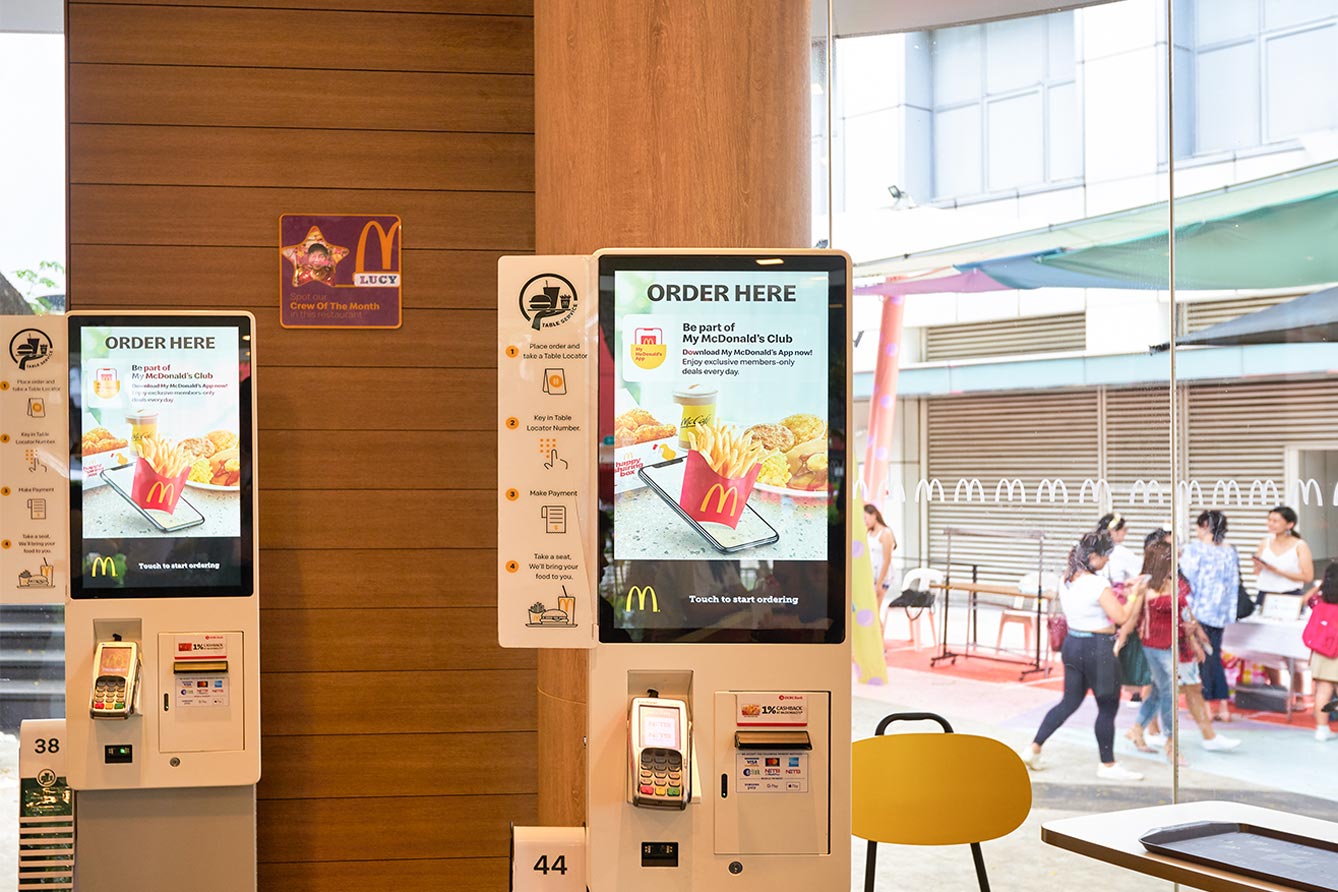
The introduction of self-service menus through digital kiosks has been a game-changer in the fast dining industry. These menus offer several advantages:
Enhanced Customer Experience
Digital kiosks provide a user-friendly interface, allowing customers to browse the menu at their own pace, customize their orders, and enjoy a hassle-free ordering process. This autonomy often leads to a more satisfying dining experience.
Operational Efficiency
Kiosks streamline the ordering process, reducing the workload on staff and minimizing order errors. This efficiency translates into quicker service times and the ability to handle peak-hour rushes more effectively.
Data-Driven Insights
Digital menus collect valuable data on customer preferences and ordering patterns. This data is crucial for QSRs to understand their clientele better and make informed decisions about menu changes, promotional strategies, and inventory management.
Increased Sales
Kiosks often encourage customers to spend more. The visual appeal of digital menus, coupled with prompts for add-ons and upgrades, effectively increases the average order value.
Inclusivity and Accessibility
Digital kiosks can offer multiple language options and accessibility features, making the ordering process more inclusive for a diverse customer base.
In summary, self-service menus not only enhance customer satisfaction and operational efficiency but also play a crucial role in strategic decision-making through data analytics. Their ability to boost sales while catering to a diverse clientele makes them an indispensable tool in the modern QSR landscape.
Other QSR Use Cases and Their Benefits
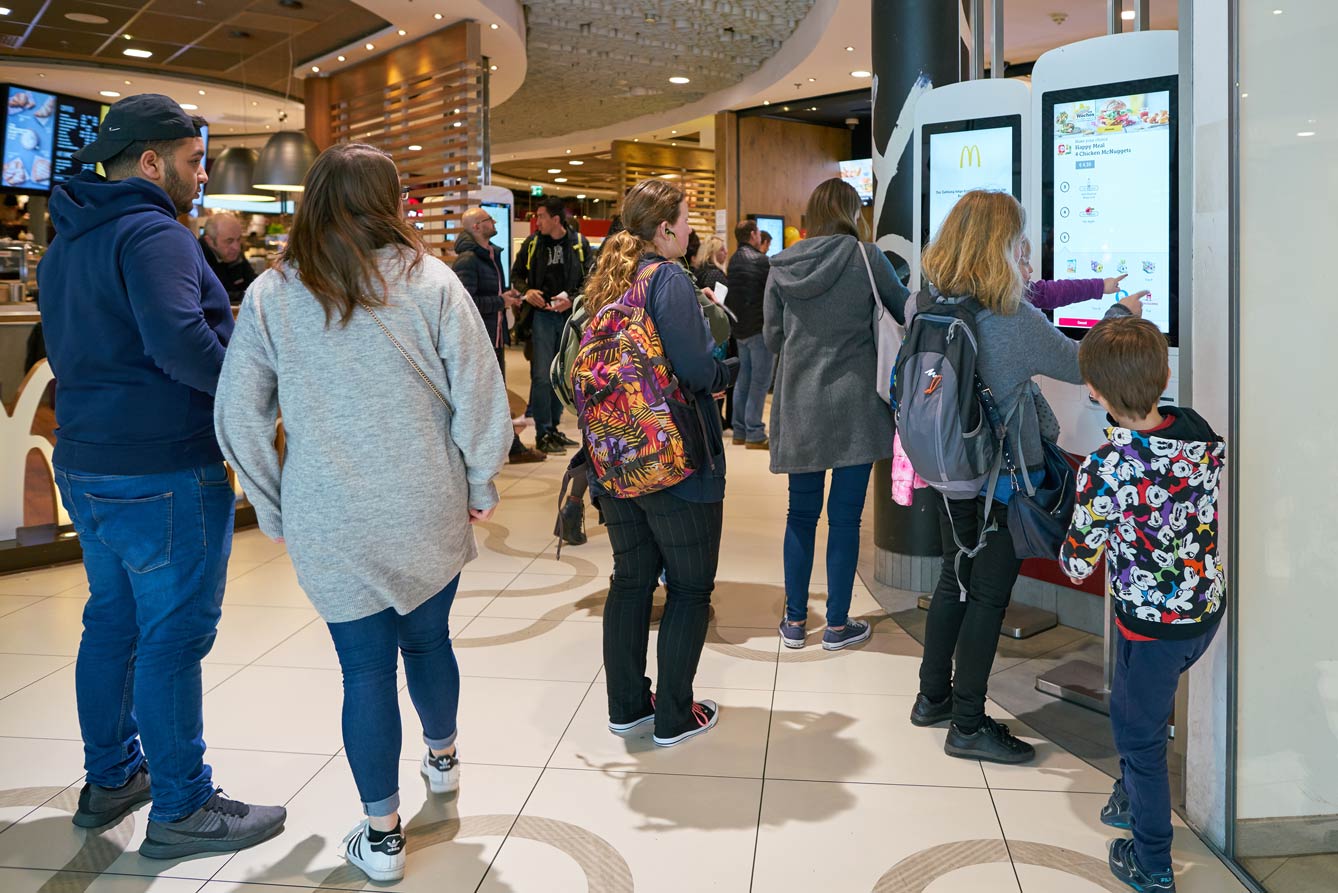
The utility of digital kiosks extends beyond self-service menus, offering a range of applications that significantly benefit the QSR industry:
Order Customization and Personalization
Digital kiosks allow customers to easily customize their orders, choosing ingredients, portion sizes, and dietary preferences. This level of personalization enhances customer satisfaction and loyalty.
Reduced Wait Times and Improved Queue Management
Digital kiosks streamline the ordering process, reducing the time customers spend in queues. Efficient queue management is crucial during peak hours, improving overall customer experience and reducing walk-aways.
Cross-Selling and Upselling Opportunities
Kiosks can intelligently suggest add-ons or upgrades based on customer choices, effectively increasing the average order value. This approach is less intrusive than upselling by staff, often leading to better customer reception.
Loyalty Program Integration
Digital kiosks can integrate with loyalty programs, encouraging repeat visits and customer retention. Customers can easily access their account, redeem rewards, and view personalized offers.
Digital Advertising
Kiosks can also function as digital advertising platforms, displaying promotions, new items, or partner ads, creating an additional revenue stream for the restaurant.
Kiosk Hardware
Choosing the right hardware is critical for the successful implementation of digital kiosks in QSRs.
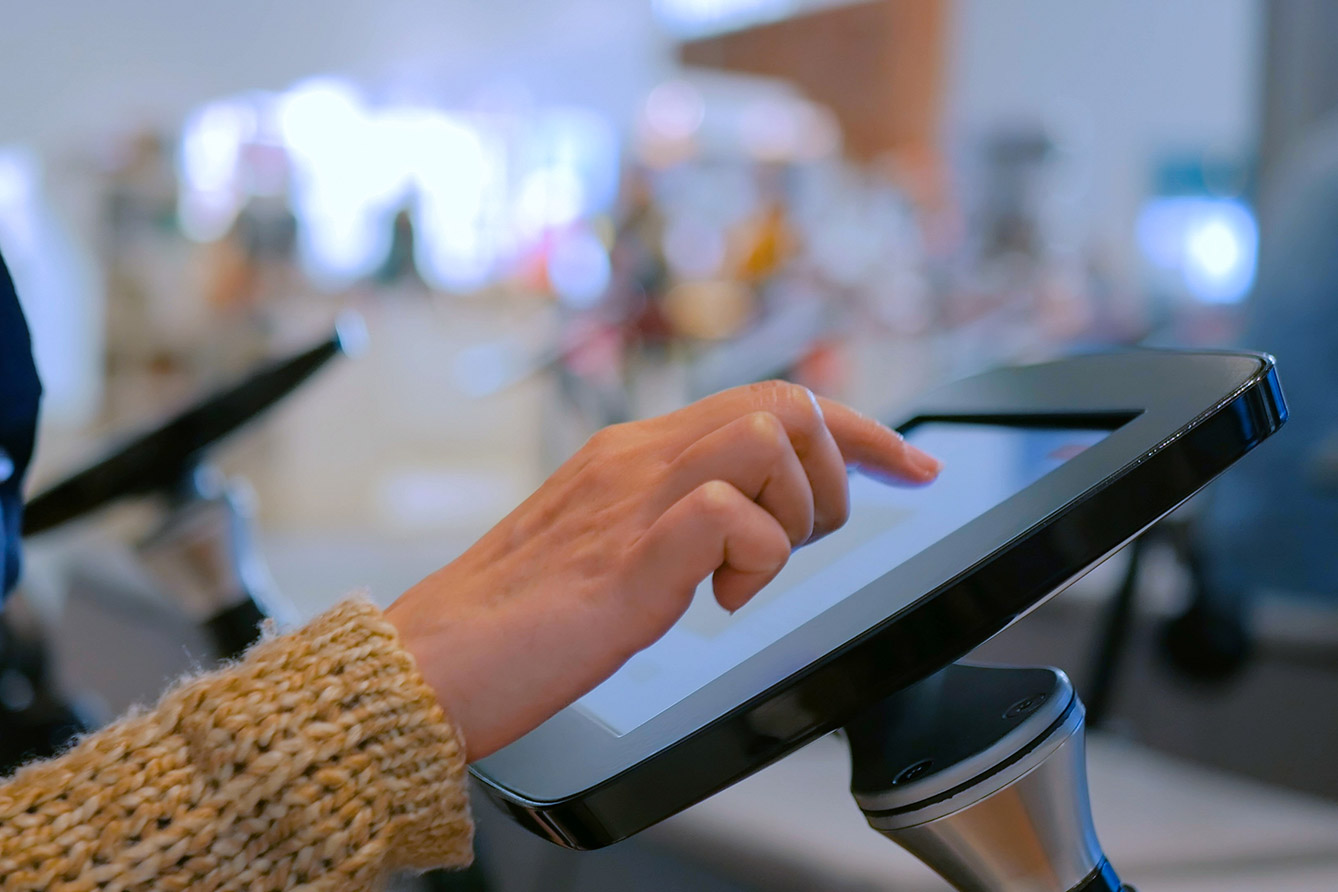
Durability and Reliability
Kiosks must be built to withstand high usage and harsh restaurant environments. Durability and reliability are key to ensure continuous operation without frequent maintenance needs.
Types of Kiosks
The QSR industry utilizes various types of kiosks, including freestanding units, countertop models, and wall-mounted systems. The choice depends on the restaurant's space, layout, and customer flow.
Touchscreen Technology
High-quality touchscreen displays are essential for user-friendly interactions. They must be responsive and capable of handling simultaneous inputs for a smooth customer experience.
Connectivity and Integration
Kiosks should easily integrate with the restaurant's existing point of sale (POS) systems and other digital infrastructure. Seamless connectivity is crucial for real-time data syncing and operational efficiency.
Software for Managing Kiosk Content and Devices
Implementing the right software is just as crucial as the hardware. TelemetryTV stands out as a leading software solution for digital kiosk management in the QSR industry.

Centralized Management
TelemetryTV’s centralized management system allows businesses to control all their digital kiosks from a single location. This feature simplifies content updates, performance monitoring, and troubleshooting, ensuring consistent messaging and branding across all locations.
Content Creation and Management
With TelemetryTV, creating engaging and interactive content for digital kiosks becomes effortless. The platform offers a user-friendly interface with over 70 turnkey apps and integrations, enabling businesses to design interactive content without needing coding knowledge.
Building Custom Applications
TelemetryTV's integration with your existing CI/CD pipelines, like GitHub Actions, facilitates the rapid deployment of custom web applications for kiosks. This feature allows QSRs to create unique, tailored digital experiences for their customers, enhancing brand engagement.
Remote Monitoring and Content Scheduling
The software's remote monitoring capabilities are crucial for maintaining the health of digital kiosks. Real-time monitoring ensures that content playback and network connectivity are always optimal. Additionally, TelemetryTV's content scheduling feature allows businesses to display specific content at predetermined times, enabling targeted marketing.
Analytics and Reporting
The analytics and reporting tools provided by TelemetryTV offer valuable insights into kiosk performance and user interactions. By understanding customer engagement patterns, QSRs can optimize their kiosk content for better results.
Integration with Third-Party Apps
TelemetryTV's ability to integrate with various third-party applications streamlines workflows and enhances the functionality of digital kiosks. This seamless integration is essential for creating a cohesive digital ecosystem within the restaurant.
Industry Leaders Leveraging Digital Kiosks
McDonald's
One of the most notable examples is McDonald's, which has implemented digital self-order kiosks across many of its locations worldwide. This move has not only improved order accuracy and reduced wait times but also increased average order size through effective upselling. The kiosks have become an integral part of the McDonald's customer experience, demonstrating the value of digital technology in fast food service.
Wendy's
Wendy's, another major player in the fast-food industry, has also embraced digital kiosks. Their kiosks have been credited with providing a more personalized ordering experience and reducing labor costs. The introduction of kiosks has helped Wendy's cater to the tech-savvy demographic, offering a modern and efficient ordering system.
Panera Bread
Panera Bread's adoption of digital kiosks, known as 'Panera 2.0', has significantly enhanced their customer service. These kiosks have reduced order errors and waiting times, leading to a better customer experience. They have also allowed staff to focus more on food preparation and customer service, improving overall operational efficiency.
Domino's Pizza
Domino's has integrated digital ordering kiosks in several of its stores, complementing its already robust online ordering system. These kiosks have streamlined the ordering process and provided another convenient option for customers who prefer to order in-store, further strengthening Domino's reputation as a leader in technology-driven food service.
Chick-fil-A
Chick-fil-A has implemented digital kiosks in many of its locations, focusing on enhancing the customer experience. The kiosks have helped reduce wait times during peak hours and have provided an alternative ordering method for customers, leading to increased customer satisfaction and improved service efficiency.
Conclusion
The integration of digital kiosks in the QSR and fast dining industry represents more than just a technological upgrade; it's a fundamental shift in how restaurants interact with their customers. From enhancing the customer experience with self-service options to leveraging data for better business decisions, digital kiosks are proving to be a valuable asset.
As the industry continues to evolve, digital kiosks will play an increasingly vital role in shaping the future of quick service and fast dining experiences. They are not just tools for efficiency; they are gateways to a more connected, personalized, and satisfying dining experience.
